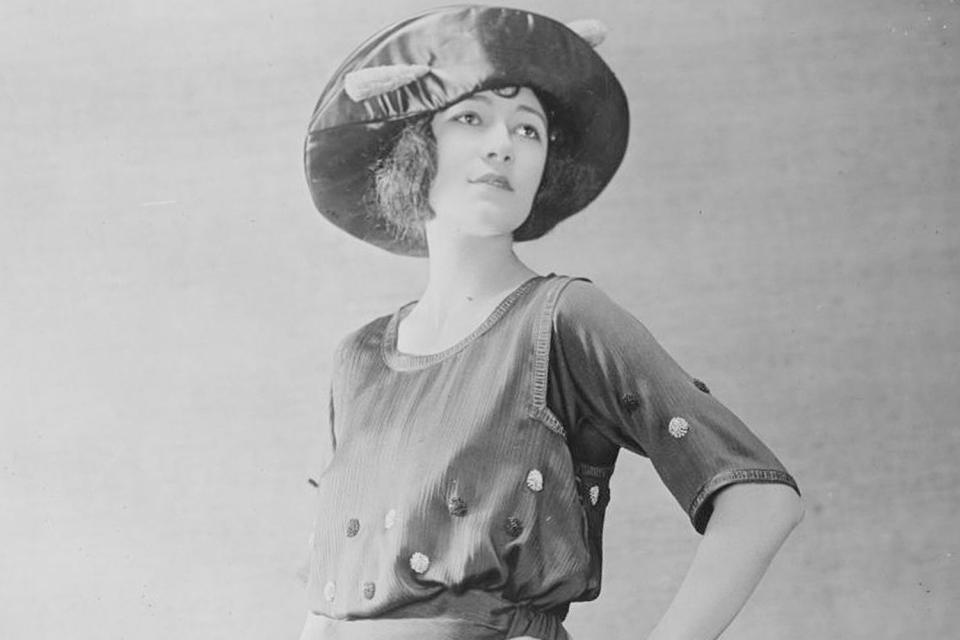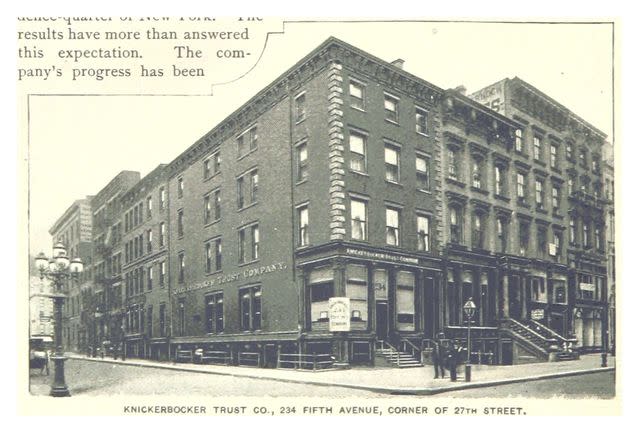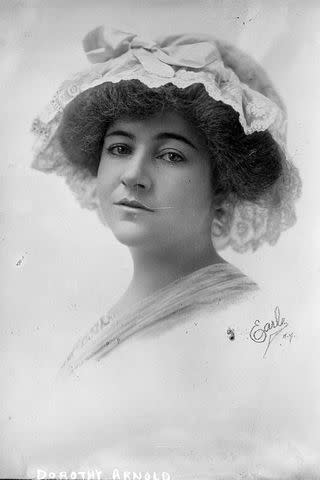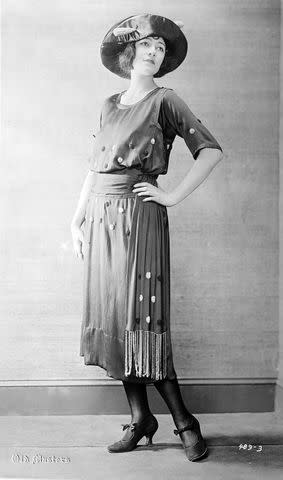What Happened to Dorothy Arnold? N.Y. Socialite's 1910 Disappearance Is Oldest Missing Persons Case in U.S.
The heiress’s disappearance captured imaginations and highlighted societal woes in one of America’s earliest true crime stories

Alamy
Dorothy Arnold.Dorothy Arnold told her mother to stay home that December morning.
“I will telephone you,” she said, heading out in New York City for some supposed dress shopping on her own.
Walking down Fifth Avenue, she stopped at Park & Tilford for some chocolates and made her way along the icy streets to Brentano’s bookstore for Emily Calvin Blake’s Engaged Girl Sketches. She told a friend in passing that she would return home through Central Park.
That was Dec. 12, 1910. No one saw Dorothy again.
The missing Upper East Side heiress made headlines across the country. Forty years later, The Times heralded the case as “one of New York’s greatest mysteries.”
Still unsolved, it's the oldest missing persons case included in The Charley Project, a database tracking over 15,000 missing persons cases. More than a century later, the circumstances surrounding her disappearance continue to fascinate and confound: Was she kidnapped, murdered — or, did she simply choose to leave one life for another?

Alamy
Dorothy Arnold bumped into a friend at the corner of 5th Avenue and 27th Street. They spoke briefly, and then Dorothy vanished.Dorothy Harriet Camille Arnold, the daughter of a wealthy perfume importer and the niece of a Supreme Court justice, seemed — to outsiders — to have everything. But in her final months with family, the unmarried 25-year-old seemed to crave something else: independence.
In the fall of 1910, the Bryn Mawr College literature graduate asked her father for permission to get her own apartment in Greenwich Village, a haven for artists. But her father was not supportive, according to American Heritage’s 1960 magazine story “The Girl Who Never Came Back.”
From her Upper East Side mansion, Dorothy wrote several short stories – “Poinsettia Flames” and “Lotus Leaves” – which she sent off for publication. McClure’s Magazine rejected the first. She reportedly never heard back on the second.
Dorothy often corresponded with the older George S. Griscom, Jr., telling him in a letter of McClure’s rejection: “Failure stares me in the face. All I see ahead is a long road with no turning.” And in a line, which The National Geographic recently reported, kept her mother believing in her daughter’s eventual return: “Mother will always think an accident has happened.”

Alamy
Dorothy Arnold.Want to keep up with the latest crime coverage? Sign up for PEOPLE's free True Crime newsletter for breaking crime news, ongoing trial coverage, and details of intriguing unsolved cases.
That December day, dressed in a blue skirt suit, her hair “in a very full pompadour” under a black velvet hat with blue silk roses, Dorothy, police later said, per The Times: “carried a large black fox flat muff with white points,” along with “$20 or $30, cards, and possibly other papers of various kinds.”
By January, New York’s police commissioner had mailed “to the police of every city and town of consequence,” per The Times, a set of “three excellent portraits of Miss Arnold, one in walking costume, another in evening dress, and the third a bust portrait.”
Police claimed they had “minutely searched without result” for the 5-foot, 4-inch woman with “dark brown hair, grayish blue eyes, bright complexion, and good color.” Further, “every steamer for Europe has been traced and the passengers scrutinized.”
There were mistaken sightings in Philadelphia, Muskegee, Okla., and San Antonio, Texas.
After finding Dorothy’s correspondence with Griscom, her mother and a brother traveled to Italy, where, per The Times, the family’s lawyer had “not denied” reports that the brother “struck [Griscom] in the face with his fist and followed the blow up with another that floored Griscom,” securing his sister’s letter, which Griscom had kept in his pocket.

Alamy
Dorothy Arnold.Dorothy and Griscom had spent a week together in Boston just months before she went missing. There, she pawned $500 worth of her jewelry to a pawnbroker who later spoke to the press.
In a grisly ending to the unknown story, two Pennsylvania doctors and a nurse were arrested in April 1914 for operating a private hospital offering abortions out of a Bellevue, Pa., home, in which was found “an operating table and in the cellar were two large furnaces,” per The Times. One of the doctors later claimed that Dorothy had been cremated, after a presumably botched abortion.
From early weeks, Dorothy’s father publicly claimed he believed his daughter to be dead, but his descendants recently told The National Geographic that he spent $1 million in a search for his daughter that ended only with his own death.
More than a decade after she vanished off Fifth Avenue, the head of the city’s Bureau of Missing Persons announced that the case “has been solved” and “Dorothy Arnold is no longer listed as a missing person.” But he recanted soon after.
The family’s lawyer responded in The Times: “The disappearance of Dorothy is as much of a mystery today as the day she disappeared.”
And so it remains.
For more People news, make sure to sign up for our newsletter!
Read the original article on People.


